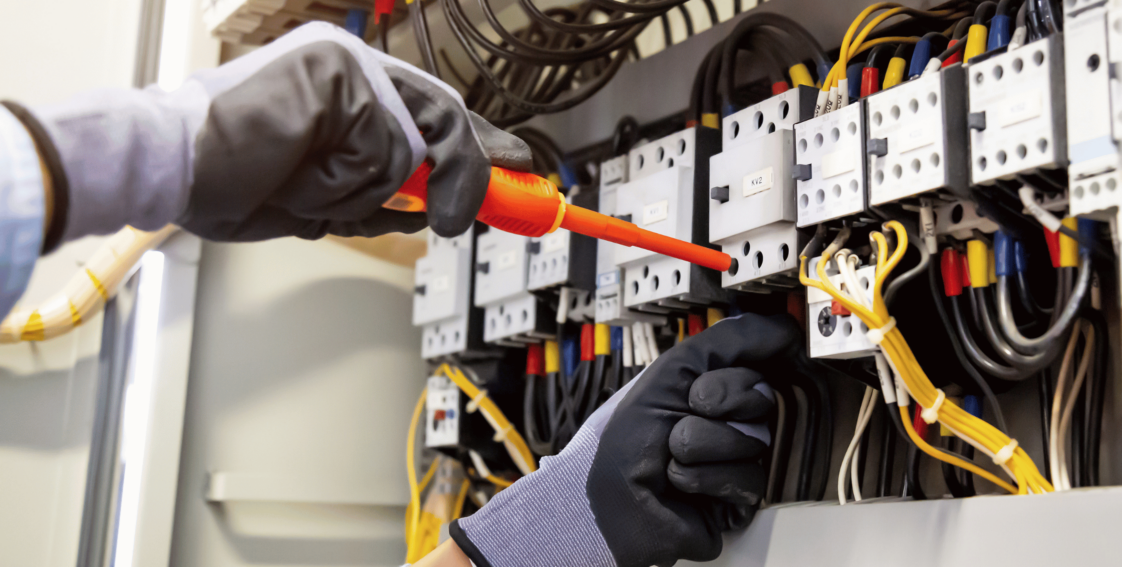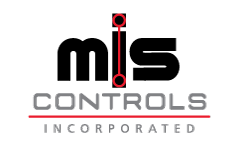
Deep Dive: Electrical Wiring
Deep Dive: Electrical Wiring Process
Electrical wiring is an essential component of any control panel assembly. The wiring process involves connecting various components of the control panel, such as switches, relays, and sensors, to the control circuitry. In this blog post, we’ll explore the electrical wiring process in detail, including the tools and materials required, and provide some tips to ensure efficient and safe operation.
Electrical Wiring Process:
Preparation:
The first step in the wiring process is to prepare the control panel enclosure. This involves removing any existing wiring or components and cleaning the interior of the enclosure. The enclosure should be free from any debris, dust, or other contaminants that could interfere with the wiring process.
Mounting Components:
The next step is to mount the various components of the control panel, such as switches, relays, and sensors. Each component should be mounted securely and in the correct location. The mounting process should be carried out in a logical sequence, starting from the top of the panel and working downward.
Wiring Connections:
Once the components are mounted, the wiring connections can be made. This involves connecting each component to the control circuitry using the appropriate wiring methods and materials. The wiring should be neat, tidy, and well-organized, with no loose or exposed wires.
Testing and Troubleshooting:
After the wiring is complete, the control panel should be tested and troubleshooting performed. This involves checking the continuity of the wiring and testing the function of each component. Any issues or faults should be identified and corrected before the control panel is put into operation.
Tools and Materials Required:
The electrical wiring process requires a variety of tools and materials, including:
Wire Strippers:
Wire strippers remove the insulation from the ends of wires, allowing them to connect to components.
Crimping Tool:
A crimping tool makes secure connections between wires and terminals.
Wire Cutters:
Wire cutters cut wires to the required length.
Screwdrivers:
Screwdrivers tighten screws and make connections between components and the control circuitry.
Electrical Tape:
Electrical tape insulates connections between wires and components, preventing electrical shorts.
Tips for Efficient and Safe Operation:
Follow Safety Procedures:
The wiring process involves working with live electricity, so it’s important to follow safety procedures to prevent accidents. Wear appropriate personal protective equipment (PPE), such as gloves and safety glasses, and ensure the power to the control panel is off before starting work.
Use the Correct Wiring Methods:
Use the correct wiring methods and materials to ensure the wiring connections are secure and safe. This includes using the correct gauge of wire, following the manufacturer’s recommendations for component connections, and using appropriate connectors and terminals.
Label the Wiring Connections:
Label the wiring connections to ensure identification and traceability if necessary. This makes troubleshooting and maintenance easier and reduces the risk of errors or accidents.
MIS Controls, Inc. Electrical Wiring Services:
At MIS Controls, Inc., we specialize in providing customized electrical wiring solutions for control panel assemblies. Our team of experienced technicians can work with you to build control panels that meet your unique requirements. We use the highest quality components and adhere to industry standards to ensure the reliability and safety of our control panels.
Contact MIS Controls, Inc. today to learn more about our electrical wiring services and how we can help optimize your industrial automation system. Let us show you how our experience and expertise can benefit your operations.



